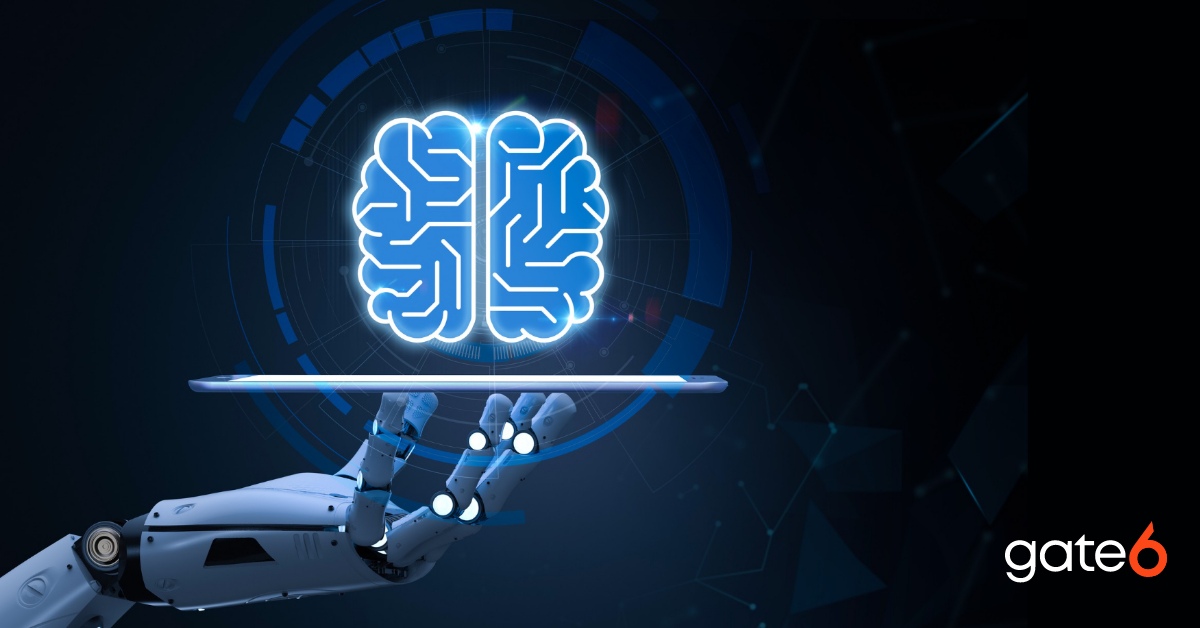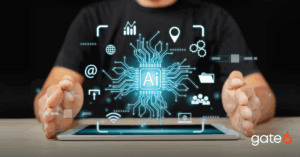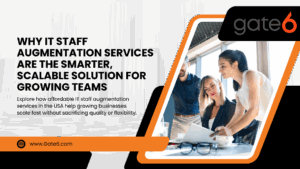8 Transformative Use Cases of Generative AI in the Public Sector

The public sector stands to gain significantly from generative AI (GenAI) by enhancing operational efficiency, resource allocation, and citizen services. As government agencies increasingly adopt AI-powered solutions, GenAI is proving instrumental in transforming traditional public sector operations. Here, we explore eight practical applications of GenAI that are reshaping public services and addressing the unique challenges faced by government institutions.
1. AI-Powered Data Analytics for Policy-Making
Generative AI can analyze massive datasets to extract actionable insights for better policy development. By uncovering patterns, trends, and potential areas of improvement, GenAI aids policymakers in making data-driven decisions. For instance, analyzing health or education datasets can help identify resource gaps, enabling targeted investments and more effective public programs. This enhances resource allocation and fosters greater transparency and accountability in government actions.
2. AI-Driven Chatbots and Virtual Assistants for Citizen Support
AI-driven chatbots and virtual assistants have become essential tools for enhancing public service efficiency. These virtual assistants provide round-the-clock information and assistance, allowing citizens to easily access answers to inquiries related to public services, permits, or benefits. By automating routine queries, chatbots free up government resources and reduce wait times, ultimately improving the citizen experience while lowering administrative costs.
3. Cyber Attack Prevention for Enhanced Security
Cybersecurity is a top priority in the public sector, given the sensitivity of the data handled by government agencies. GenAI plays a critical role in identifying and neutralizing cyber threats in real time. By analyzing network traffic and identifying anomalies, AI can detect potential cyber threats before they escalate. This proactive approach to cybersecurity strengthens data protection, safeguards citizen information, and supports the stability of government infrastructure.
4. Real Estate Infrastructure Monitoring
Managing and maintaining real estate assets is a complex task for public sector agencies, particularly in rapidly urbanizing areas. GenAI automates the monitoring of public infrastructure, detecting defects in buildings, bridges, and other structures to improve asset longevity. By predicting potential issues early on, agencies can prioritize repairs and maintenance, ensuring public safety and optimizing infrastructure budgets.
5. Traffic Flow Management for Better Transportation Efficiency
Traffic congestion and inefficiencies in transportation systems are ongoing challenges in urban areas. GenAI optimizes traffic flow by analyzing traffic patterns, predicting congestion, and suggesting alternative routes. This capability helps improve transportation efficiency, reduce travel times, and decrease pollution levels. With AI-driven traffic management, cities can ensure smoother commutes and a more sustainable urban environment.
6. Predictive Policing for Public Safety
Public safety agencies are turning to GenAI to proactively address crime. Predictive policing, powered by GenAI, analyzes historical crime data to identify patterns and potential hotspots. By anticipating crime-prone areas, law enforcement can allocate resources more effectively and deter criminal activities before they occur. This data-driven approach supports a safer community while fostering trust in public safety initiatives.
7. AI in Disaster Management and Relief Allocation
Natural disasters pose significant challenges to public agencies responsible for emergency response. GenAI aids in disaster management by predicting the impact of potential disasters and generating real-time reports to guide response efforts. During an emergency, AI-driven analysis helps optimize the allocation of relief resources, ensuring timely aid to affected areas. With GenAI, public sector agencies can respond more effectively to disasters and minimize their impact on communities.
8. Healthcare Advancements through AI-Optimized Resource Allocation
The healthcare sector has seen tremendous advances thanks to GenAI’s capabilities in optimizing resource allocation. By analyzing healthcare data, GenAI can predict patient influxes, identify areas needing additional resources, and suggest optimal staffing levels. This proactive approach allows public healthcare facilities to improve patient care, reduce wait times, and allocate resources where they are most needed, ultimately leading to better health outcomes for communities.
Conclusion
Generative AI offers unparalleled opportunities to elevate the efficiency, responsiveness, and transparency of public sector services. From supporting policy-making and citizen engagement to enhancing public safety and infrastructure monitoring, GenAI is enabling government agencies to address some of today’s most pressing public challenges.
Gate6 is at the forefront of this transformation, providing innovative GenAI solutions tailored for the public sector. Our expertise in AI-driven solutions can help you unlock the full potential of generative AI to streamline operations, enhance citizen services, and create resilient infrastructures.
Ready to harness the power of GenAI? Contact us today to learn more about our AI-driven public sector solutions!
Relevant Posts
December 3, 2025
Must-Have AI Features to Build Smarter, Scalable Digital Products
August 19, 2025
AI Regulation – A “Short” Primer
August 13, 2025
Right-sizing Machine Language
August 11, 2025






